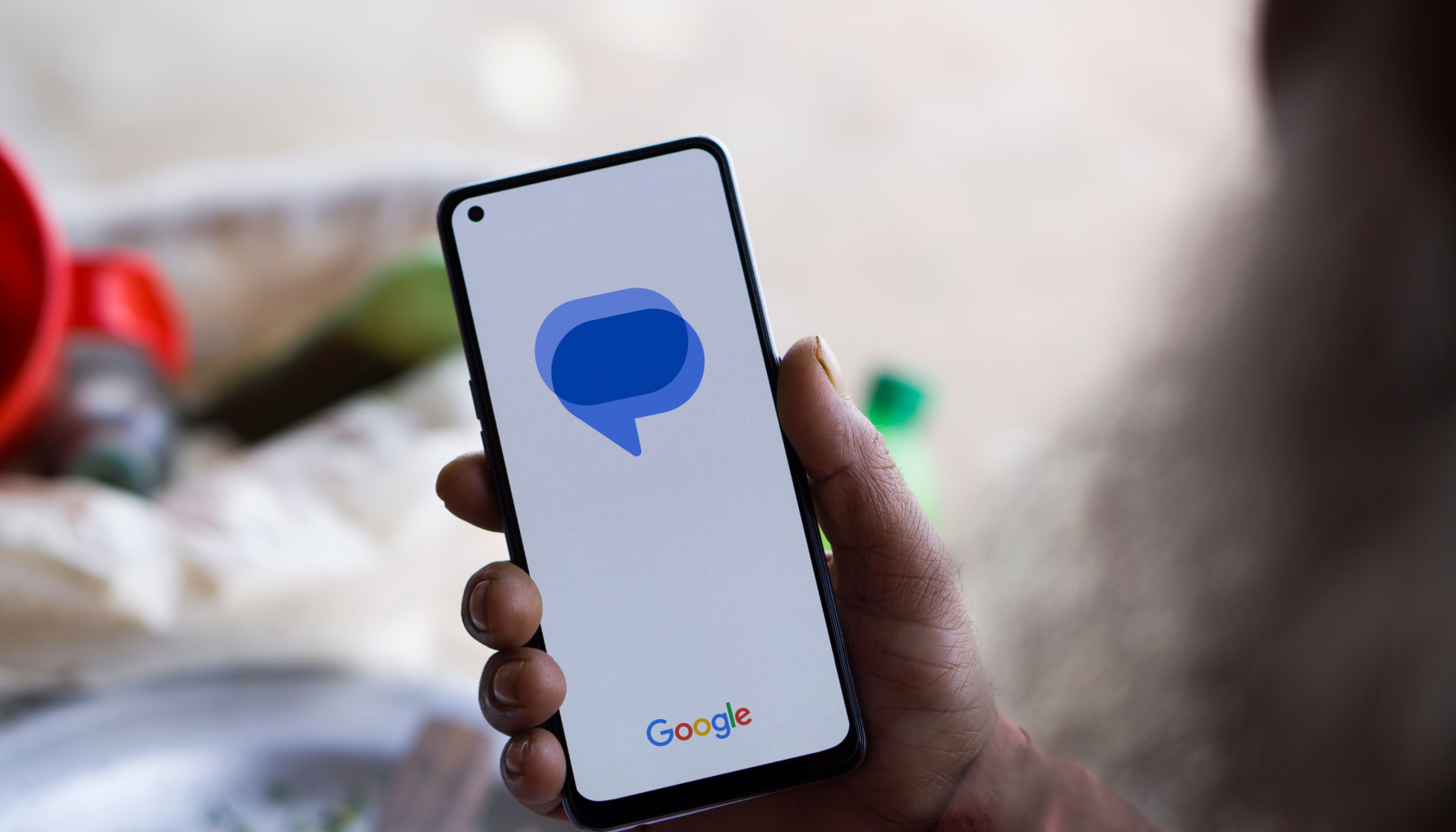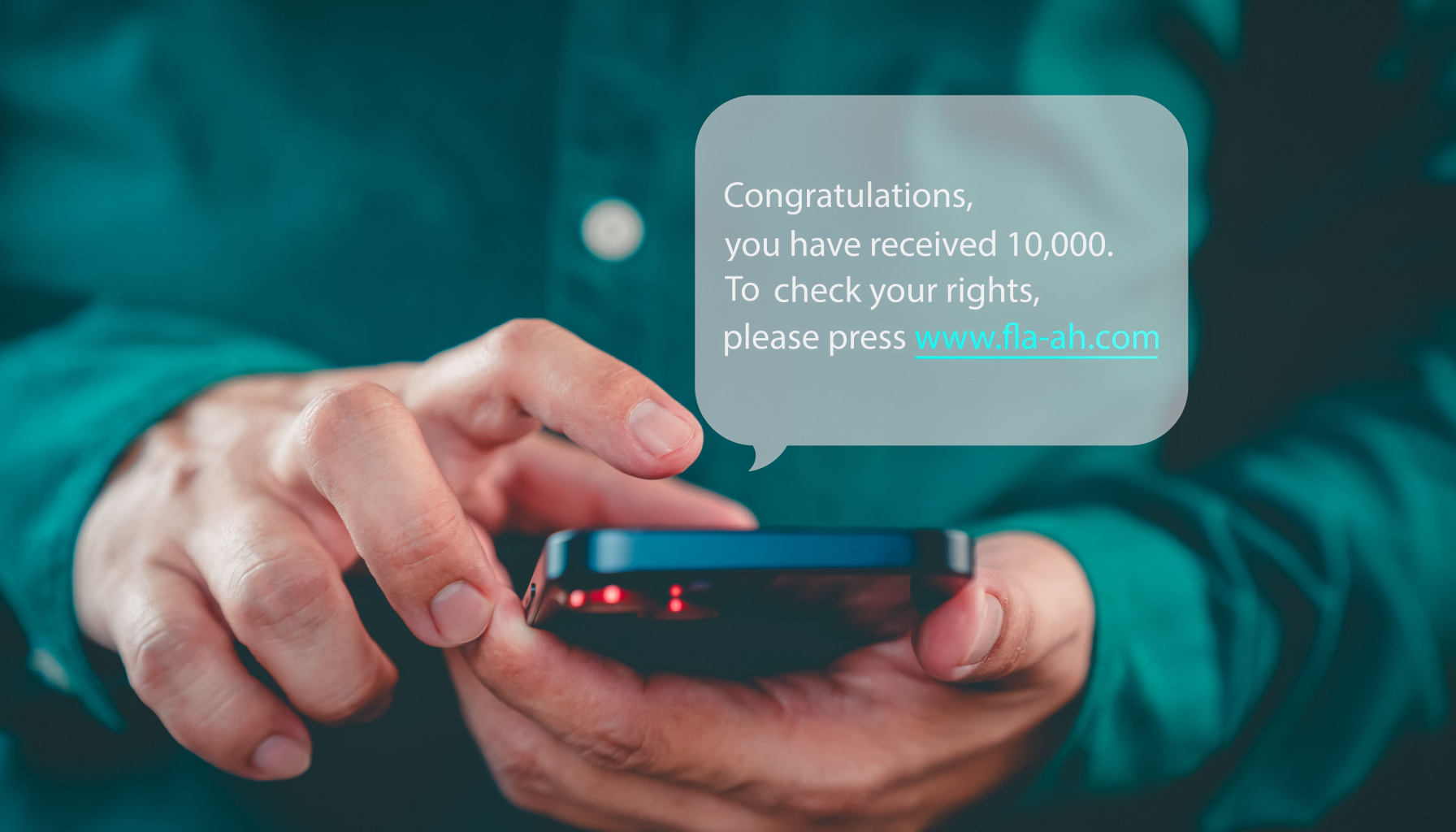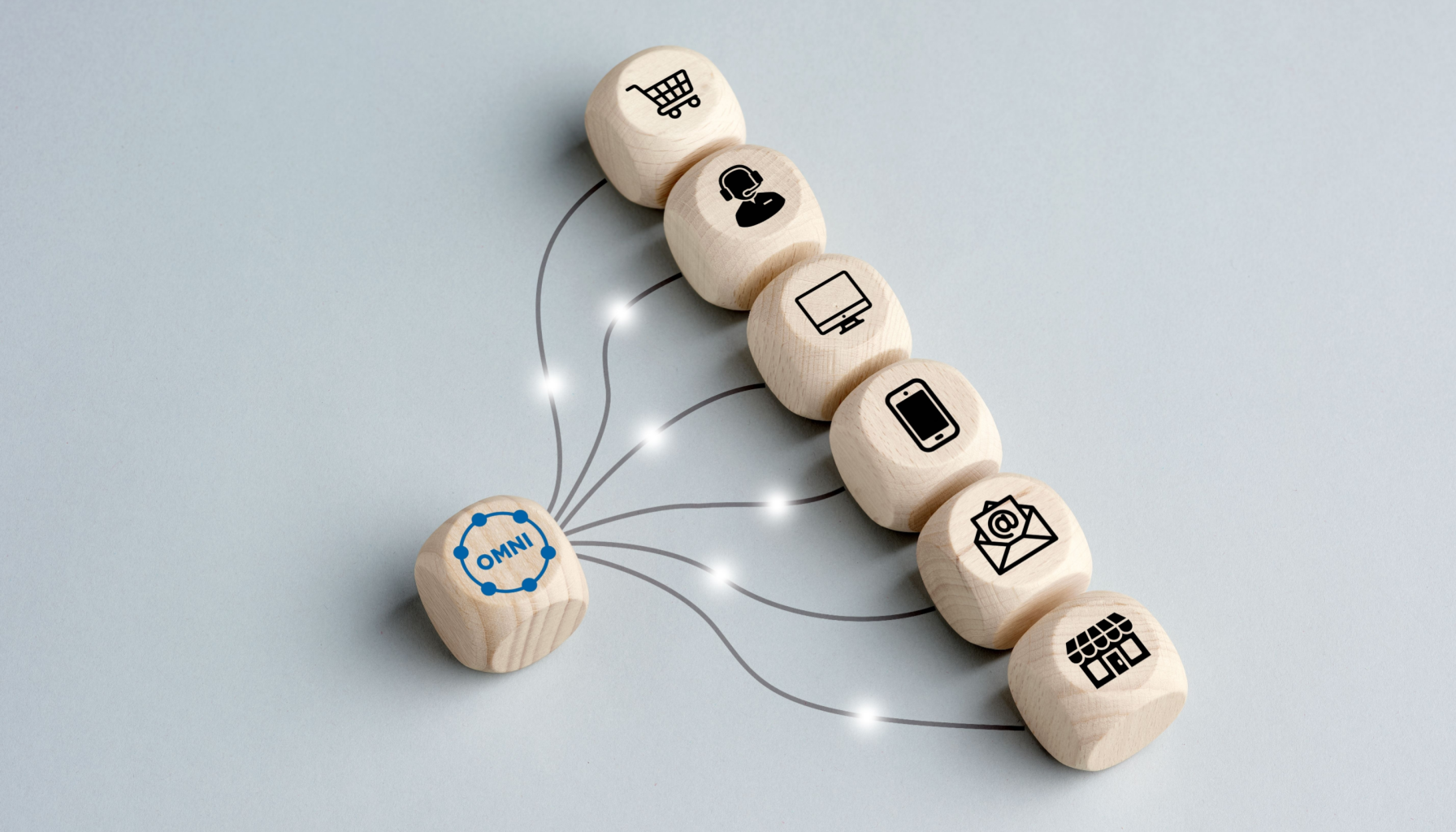Short Codes vs. Long Codes vs. 10DLC: Which Is Right for Your Business?

SMS remains a powerful communication tool, boasting high open rates and near-instant reach. But deciding which phone number type to use—long code, short code, or toll-free—can feel like a puzzle. Each option offers distinct advantages, suitable use cases, and considerations around regulations and costs. Below, we’ll break down the differences and help you choose the best channel for your organization’s messaging strategy.
What Are Long Codes?
Also known as 10DLC (10-Digit Long Codes) in the US, long codes are essentially standard phone numbers used for person-to-person (P2P) messaging. Over the years, businesses have adopted long codes for application-to-person (A2P) messaging as well, especially as new carrier policies allow them (e.g., A2P 10DLC in the US).
Key Features
- Length: Typically 10 digits (in the US).
- Usage: Ideal for conversational use cases or smaller-volume messaging, like appointment reminders, order confirmations, or support conversations.
- Throughput: Historically lower compared to short codes (e.g., a few messages per second), but with A2P 10DLC, throughput is improving based on campaign registration and volumes.
- Brand Familiarity: Provides a local, recognizable phone number, giving a personal touch—customers can often call back the same number if voice is enabled.
- Cost and Setup: Relatively lower monthly cost than short codes, but each message cost can vary depending on your carrier and volume. Some regulatory steps (e.g., campaign registration with carriers) are needed for A2P 10DLC in the US.
Common Use Cases
- Appointment reminders (doctor’s offices, salons)
- Customer support (two-way conversation)
- Ecommerce updates (shipping notifications)
- Local businesses wanting a familiar area code
What Are Short Codes?
Short codes are 5- or 6-digit numbers explicitly designed for high-volume A2P messaging. They’re regulated by carriers, and brands must go through an approval process to ensure messaging compliance. Because short codes are provisioned for bulk sends, they offer rapid throughput—sometimes hundreds of messages per second.
Key Features
- Length: 5 or 6 digits in the US.
- Usage: Perfect for large-scale marketing blasts, mass notifications, and two-factor authentication (2FA).
- Throughput: High throughput—ideal for sending large volumes quickly.
- Brand Recognition: Short codes can be vanity (custom, easy-to-remember digits) or random (assigned by carriers), helping your brand stand out in consumers’ inboxes.
- Cost and Setup: Typically more expensive (monthly leasing + per-message fees). Setup involves an application process with carriers, which can take several weeks.
Common Use Cases
- Marketing campaigns and promotions
- SMS blasts (e.g., emergency alerts, event announcements)
- Two-factor authentication codes for larger user bases
- Voting or polling on TV shows
What Are Toll-Free Numbers?
Toll-free numbers in the US start with prefixes like 800, 888, 877, 866, 855, 844, or 833. Traditionally associated with voice calls at no charge to the caller, these numbers can also be enabled for SMS. They strike a balance between local long codes and short codes, offering moderate throughput and brand familiarity.
Key Features
- Length: 10 digits, starting with specific toll-free prefixes.
- Usage: Good for medium-volume messaging, such as customer support or nationwide campaigns where a branded toll-free presence is desired.
- Throughput: Higher than standard long codes but generally lower than short codes.
- Brand Perception: Conveys a national or professional image; customers often associate 800 numbers with established businesses.
- Cost and Setup: Setup is simpler and less expensive than short codes. You’ll pay a monthly fee plus usage costs, but typically more than local long codes.
Common Use Cases
- National or large-scale customer support lines
- Medium-volume marketing and announcements
- Appointment scheduling or reminders for a wide audience
- Donation hotlines or customer feedback lines
Comparing the Three
| Criteria | Long Codes (10DLC) | Short Codes | Toll-Free |
| Number Length | 10 digits | 5 or 6 digits | 10 digits starting with 800/888/etc. |
| Message Throughput | Low to medium (improving with 10DLC) | High (hundreds of msgs/sec) | Medium (higher than standard long codes) |
| Brand Familiarity | Local feel, personal | Stands out; memorable | National or large-scale brand perception |
| Cost & Setup | Lower cost; some campaign registration required | Higher cost; formal carrier approval needed | Moderate cost; simpler setup than short codes |
| Typical Use Cases | Appointment reminders, customer support | Bulk marketing, 2FA, large-scale alerts | Broad geographic reach, medium-volume marketing, nationwide customer service |
| Regulatory Compliance | Must register A2P campaigns (US); follow carrier rules | Strict compliance oversight | Follows toll-free regulations, moderate compliance processes |
Choosing the Right Option for Your Business
- Volume Requirements
- If you’re sending thousands to millions of messages in short time frames, short codes are your best bet due to their high throughput.
- For more moderate volumes or conversational messaging, toll-free or 10DLC long codes will suffice.
- Brand & Geographic Considerations
- A local brand might favor local 10DLC long codes for a personal touch.
- A national or international brand aiming for consistency might pick a toll-free number or a memorable short code.
- Budget
- Short codes can be expensive to lease, but necessary for large-scale campaigns.
- Long codes and toll-free are generally more budget-friendly, especially if you’re not running massive SMS blasts.
- Setup & Approval Time
- Short code provisioning takes weeks (or even months).
- Long code (10DLC) and toll-free generally have faster setup, although 10DLC still requires campaign registration in the US.
- Type of Customer Interaction
- If you need a two-way conversation or want the number to be callable, long codes (10DLC) and toll-free lines are ideal.
- If your primary need is one-way alerts (e.g., marketing or authentication), short codes or toll-free can still do the job well.
Regulatory and Compliance Factors
All three number types require attention to compliance:
- Opt-In/Opt-Out Requirements: Users should be able to opt in to receive messages and easily opt out.
- TCPA, CTIA, and Carrier Guidelines: Follow the Telephone Consumer Protection Act (TCPA) in the U.S. and adhere to CTIA best practices.
- Campaign Registration: A2P 10DLC in the US mandates registering your brand and use cases with carriers to maintain trust and ensure high deliverability.
Ignoring these regulations can lead to blocked messages, fines, and reputational damage.
Future Trends
- Rich Messaging
Consumers increasingly expect multimedia and interactive features (e.g., RCS or WhatsApp). While SMS is still ubiquitous, offering richer functionality will be key in the future. - AI & Automation
Chatbots and automated workflows will further streamline how businesses manage multiple messaging channels. - Improved Carrier Guidelines
Ongoing carrier initiatives aim to reduce spam, improve throughput for legitimate senders, and maintain strong delivery rates.
Final Thoughts
Choosing between long codes (10DLC), short codes, and toll-free numbers for your SMS campaigns boils down to volume needs, budget, desired brand perception, and compliance considerations. Each channel has its strengths: short codes excel at large-scale broadcasting, toll-free numbers convey a national presence, and local long codes lend a personal feel while supporting dialogue.
The key is aligning your selection with both immediate goals—like marketing blitzes or customer support automation—and long-term strategy—such as brand consistency, compliance, and scalability. By carefully evaluating your needs, you’ll land on an SMS solution that connects with customers efficiently while staying compliant and cost-effective.




